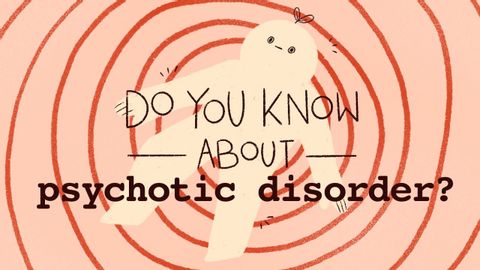
Subtitles & vocabulary
5 Signs Of A Psychotic Disorder
00
Amy.Lin posted on 2021/01/05Save
Video vocabulary
constantly
US /ˈkɑnstəntlɪ/
・
UK /ˈkɒnstəntli/
- Adverb
- Frequently, or without pause
- In a way that is unchanging or faithful
B1
More perceive
US /pɚˈsiv/
・
UK /pə'si:v/
- Transitive Verb
- To notice or become aware of something
- To think of someone or something in a certain way
B1TOEIC
More recognize
US /ˈrek.əɡ.naɪz/
・
UK /ˈrek.əɡ.naɪz/
- Transitive Verb
- To accept the truth or reality of something
- To consider something as important or special
A2TOEIC
More Use Energy
Unlock All Vocabulary
Unlock pronunciation, explanations, and filters
